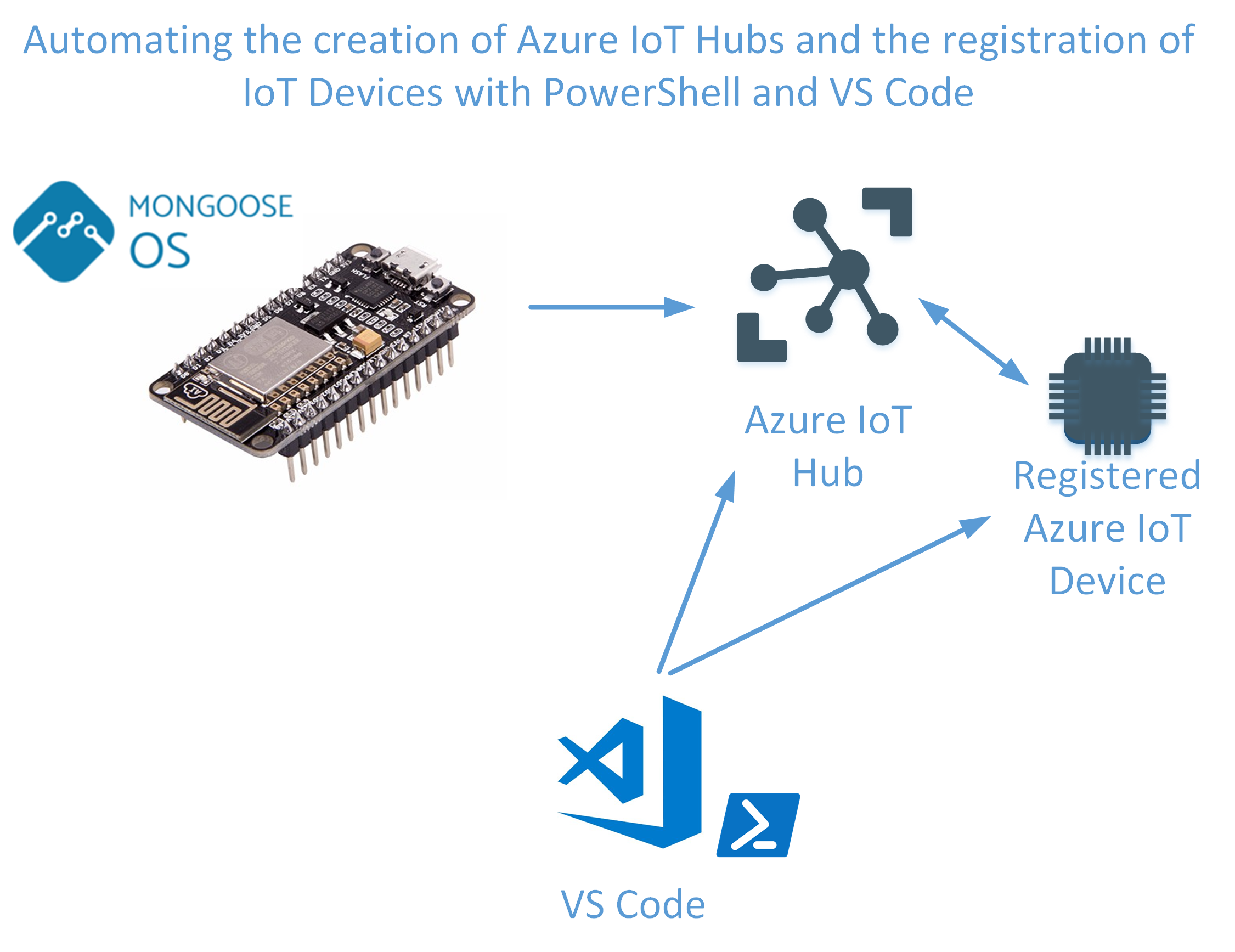
0.09 ms latency using Azure Proximity Placement Groups
Reducing network latency for critical apps running on Azure IaaS has become easier since Microsoft’s announcement of General Availability for Proximity Placement Groups (PPG) on Dec 2019.
Today I’ll give you a quick intro to Proximity Placement Groups demonstrating how to deploy a test environment into your Azure Subscription using one of my favourite tools AzureCLI. I’ll also test network latency with a PPG and without to show you the difference.
… [Keep reading] “0.09 ms latency using Azure Proximity Placement Groups”If you’re undecided about using AzureCLI or ARM templates for your Azure deployments have a look @ Pascal Naber’s post https://pascalnaber.wordpress.com/2018/11/11/stop-using-arm-templates-use-the-azure-cli-instead/


